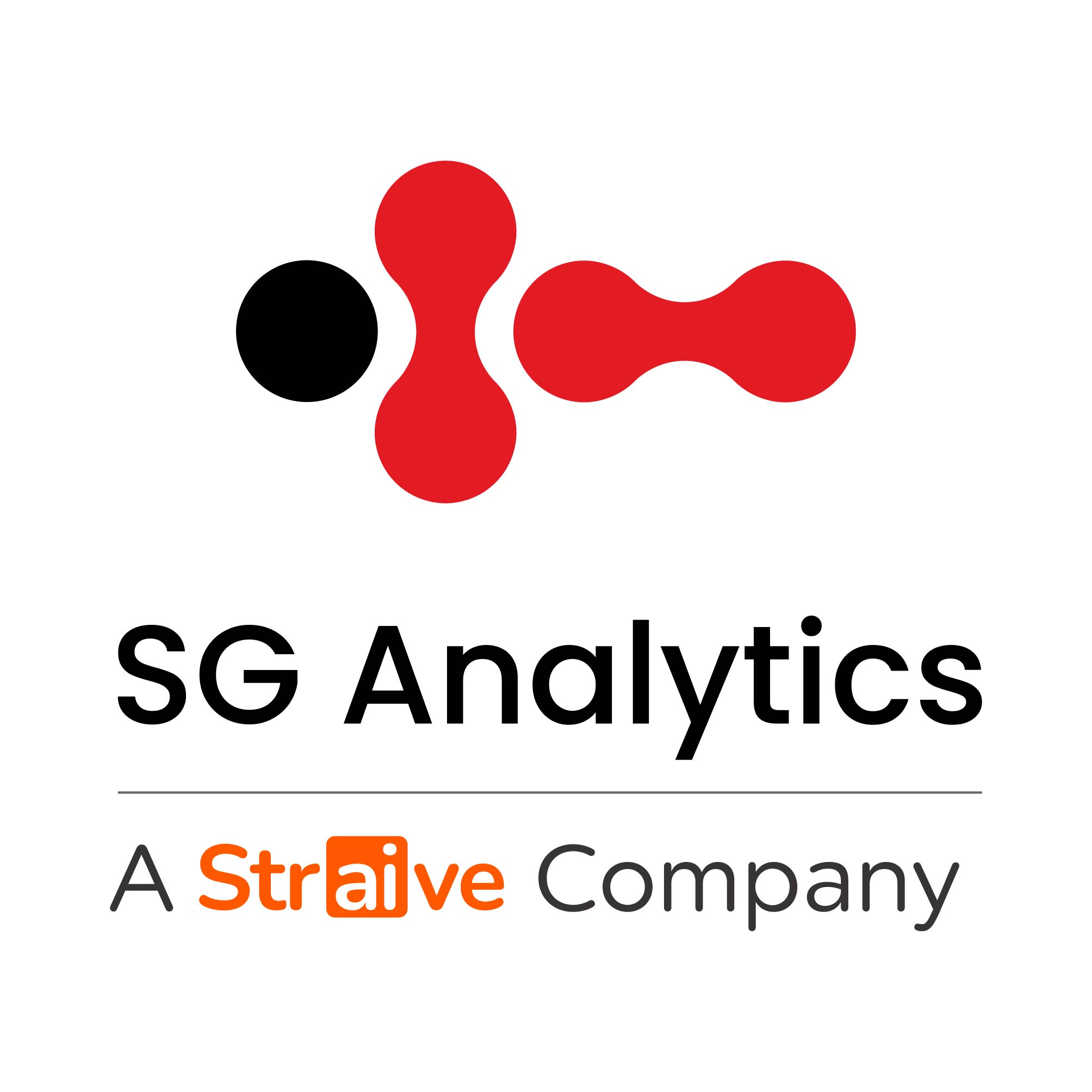Introduction
As Coronavirus continues to wreak havoc across the globe, businesses are exploring new approaches to manage the challenges brought about by the pandemic and are encouraging employees to stay productive. Due to economic slowdown, organizations are taking various dramatic measures to lessen the impact of the hard-hitting wave. According to The US Bureau of Labor Statistics, the number of unemployed persons fell by 3.2 million to 17.8 million in June 2020.
The Coronavirus-induced lockdowns, implemented to fence the spread of the pandemic, have had a drastic impact on the revenue, compelling businesses to lay off workers. Due to this, millions are filing for unemployed insurance. While some companies are temporarily shutting down and putting hiring on hold, others are continuing business as usual – having transitioned to remote working, of course. This unexpected, global pandemic driven new reality has made HR professionals face a myriad of new responsibilities while they adjust to the digital ways of hiring.
While the world changes rapidly and the post-Covid world seems precarious, economic experts predict that the world might be heading towards a severe global recession. With unemployment on the rise and labor market experiencing a slump, being agile has become more important than ever. Given the worsening of the economic conditions, organizations must revamp their hiring strategies to stay afloat amidst the recession.
Impact of Coronavirus on jobs in US
The US witnessed the unemployment rate rise to 14.7% in the month of April as announced by the The US Bureau of Labor Statistics. While the unemployment rate skyrocketed for workers of all races, it was noticed that the rate of unemployment was slightly higher for black workers (around 16.7%).
According to Steven J. Davis, University of Chicago Booth School of Business, an extended economic shutdown can have long-term and profound consequences on workers and capital. He added that approximately 42% of layoffs due to the pandemic will result in permanent loss of job.
A research by University of Chicago reveals that for every 10 layoffs there are three new hires (Weforum). However, with the United States adding 4.8 million jobs in June, the unemployment rate has fallen to 11.1%. Industries such as leisure and hospitality, retail trade, education and health services have started their operations and are hiring more people.
In late March, jobless claims in the US had risen to a record of 6.867 million (Reuters), almost three times the peak during 2008 financial crisis. It was also noticed that several unemployment claims were fraudulent where thieves were posing as someone else to claim the compensations.
However, as the Coronavirus wave receded, the end of May recorded the count of Americans filing for unemployment benefits through the Pandemic Unemployment Assistance program to be 1.19 million (CNBC). Some big brands such as Boeing and Energy Transfer had announced layoffs while retailers such as JC Penney and Neiman Marcus filed for bankruptcy.
The fallout of the rising unemployment for on large companies is likely to put the nation’s progress in a reverse gear. Even though all states in the US have removed restrictions on economic activities to a great extent, there is persistence in numbers of the unemployed. This surge in layoffs has been the biggest since the Great Depression. For those who are still employed, as reported by The Federal Reserve recently, they are reluctant to return to their jobs due to safety concerns, child-care problems and the easy accessibility to the “generous” unemployment benefits provided by the government.
Recruiting in a post-Covid world
While career fairs and events have made the shift to a virtual space, personalised career paths, fully remote recruiting and interesting candidate experience insights are quickly becoming the torch bearers, ready to shape the post-Covid world. Organizations are experimenting with new strategies and models for recreating the pre-Covid semblance and managing their workforce.
AI-based talent management platforms
The coronavirus pandemic has rapidly changed the way organizations attract, recruit and retain employees. Since, remote working and virtual team collaboration has become the new normal, it has been noticed that the Legacy Human Resource Management (LHRM) systems aren’t able to scale and meet the challenges of a post-Covid world. Applicant Tracking Systems (ATS), talent management and recruiting systems are designed for face-to-face interactions, not digital/virtual ones. As majority of these systems are designed for transaction scale, it can’t judge a candidate’s potential. The gap between the legacy HRM systems and virtual recruiting is being bridged by AI-based talent management platforms, whose architecture is built to analyse candidate’s potential.
For instance, Eightfold.ai has launched its 1st AI-powered solution for identifying, engaging and recruiting promising candidates. Their “Talent Intelligence Platform” also helps organizations reach diversity hiring goals, retain top performing employees and engage talent.
Virtual hiring via collaboration tools
Organizations are taking this global health crisis seriously and have shifted their recruitments to virtual collaboration tools. Some companies are resorting to conducting only video interviews – for positions that are of critical and urgent nature. Many companies are also just relying on telephonic or video calls to conduct virtual in-person interviews. These tools help the talent acquisition teams to ensure connectivity with the candidate through the whole interview process. Collaboration tools such as WebEx, Microsoft Teams, Slack and Zoom are being used by companies to conduct online interviews and screen potential candidates.
Video interview software
With video interviewing on the rise, HR managers are moving to a virtual recruitment plan and utilizing technology to minimize exposure to the deadly virus and ensure hiring quality talent. A survey by Aptitude Research concludes that companies that are embracing digital transformation would improve their hiring quality by 2x and candidate experience by 3x (Yello). A study by NACE reveals that for initial screening, 16% of the employers prefer and rely on video interviews.
Recruitment through Virtual Reality (VR) – What you’d gain when you adopt it?
The spread of the virus has compelled companies to explore new ways to recruit potential candidates. One of the most immersive and interactive ways organizations are starting to adopt & implement in their daily operations is recruitment through virtual reality. With the help of virtual reality, recruiters can make the candidate experience more interactive by simulating office tours. Businesses are aiming to provide a fully immersive experience to their candidates by making them see and feel the office environment & culture, helping them picture themselves in the job role.
Another reason for VR to have gained popularity in the recruitment sector is its potential of being cost-effective. Most companies in the United States spend around $4,000 to hire a suitable candidate for their open position.
Virtual reality provides employers the ability to assess more number of candidates without spending money on scheduling in-person interviews. Recently, Jetdotcom let its prospective candidates experience its office culture and workspace through a full VR experience, created for them by Helios Interactive.
Even the British Army allowed its applicants to experience driving of tanks and other army related scenarios with VR. In another instance, consumer food brand General Mills used VR to create virtual tour of its HQ to stand out at a career fair, while Commonwealth Bank of Australia (CBA) tested their potential candidate’s decision-making skills using VR. Along with virtual reality, many companies are using augmented reality to transform the hiring process.
Virtual recruitment process: A blessing in disguise for companies and neglected talent
Employers are turning towards virtual hiring solutions to hire top talent. These solutions have helped organizations to overcome location constraints and seamlessly conduct online recruitment drives remotely in real-time. The virtual hiring solutions have helped the employers to follow the traditional hiring process at enhanced speed and scale. Here’s how HR managers are conducting recruitment drives through an online ecosystem:
Sourcing
Nationwide lockdowns have resulted in the cancellation of various public events, conferences and job fairs. The employers have now taken these offline events to an online space. Businesses are conducting online hackathons and events where a number of potential employees can attempt business challenges and submit their entries in a hassle-free manner. This provides insightful information to the employers to source the right candidate.
Source: Silicon Staffing
Screening
The initial screening is smoothly facilitated by the “Screening bots”, where they help reduce the number of hours consumed in candidate application filling and asking basic questions to candidates such as preferred interview timings and other details – therefore, automating the screening process. Recruiters are using a wide array of tech-enabled online assessments comprising aptitude and psychometric tests. The virtual recruitment platforms offer customized solutions for conducting coding or technical interviews.
Selecting
Virtual interview software facilitates the online interview process by helping select candidates on the basis of the tech-enabled collaborative interviews/tests conducted prior. Employers can also check the competency of the candidate with technical/coding simulators.
Onboarding
The final stage – the onboarding process is conducted through the digital collaboration tools. Recruiters can individually connect with the candidate and ensure smooth orientation and training process via these virtual solutions.
Growth of recruitment software market
A report by Technavio reveals that the recruitment software market is expected to grow by $683.80 million in the period 2020-2024 (BusinessWire). During this forecast period, the market is projected to progress at a CAGR of over 5%. Organizations use recruitment software to publish job openings, maintain candidate database, process applications, facilitate recruitment process and collect candidate feedback. These softwares are a blend of ATS – applicant tracking systems and CRM – candidate relationship management. Recruiters can conduct pre-hire assessments as well as background checks, onboarding and orientation.
Source: Fresno Observer
Cloud-based platforms and mobile-based recruitment systems are two key factors contributing to the growth of the recruitment software market. Employers are increasingly adapting automated screening methods that utilize artificial intelligence. Also, they are putting more emphasis on enhancement of candidate experience while improving the organizational efficiency, which is encouraging organizations across the world to adopt these recruitment softwares.
Conclusion
Organizations across the world are grappling with the new work conditions and are constantly seeking out new ways to hire the right talent. As employers’ prep for hiring during a pandemic, new strategies are being devised to ensure business continuity.
Some immediate strategies that organizations must begin to formulate are – creation of a succession plan: What happens if a majority of the employees/top management gets sick? Clear outlines on decision-making authority must be made. Organizations who have not yet embraced digital transformation must start their migration process as (unfortunately, no one wanted to start their digital journey like this), the pandemic has provided them with the best opportunity to begin their digital journey.
The major changes taking place in the world are affecting the candidate mindset. The candidates in the future, and even now, are going to be interested in job roles that offer flexibility and stability. Organizations are realizing that location is not a constraint anymore to hire the best talent. They are now considering to hire from different cities across the country – or even globe. Employees now, want to work for organizations and brands that are transparent and are also aware about their social responsibilities.

